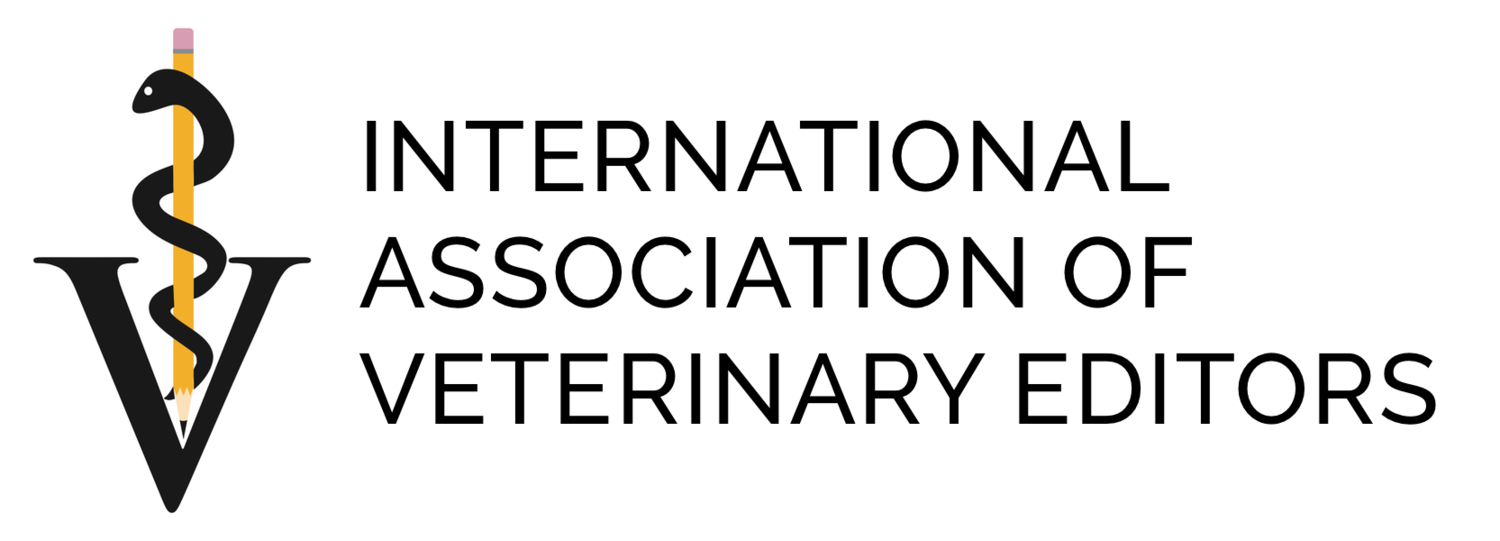CONSENSUS AUTHOR GUIDELINES FOR ANIMAL USE
The International Association of Veterinary Editors has developed a set of consensus author guidelines on animal ethics and welfare for use and adoption by veterinary journals and journals publishing articles that involve animal studies. The IAVE encourages journals to adopt and publish these author guidelines. They include a set of key principles as well as specific recommendations that can be modified further to meet individual journal needs.
Download a copy of the guidelines here: Word | PDF
The IAVE Guidelines also can be found on the EQUATOR Network:
http://www.equator-network.org/library/guidance-developed-by-editorial-groups/
IAVE Guidelines (23 July 2010)
All material published in [journal name] must adhere to high ethical standards concerning animal welfare.
Animal ethics-based criteria for manuscript consideration
Manuscripts will be considered for publication only if the work detailed therein:
1) Follows international, national, and/or institutional guidelines for humane animal treatment and complies with relevant legislation;
2) Has been approved by the ethics review committee at the institution or practice at which the studies were conducted where such a committee exists;
3) For studies using client-owned animals, demonstrates a high standard (best practice) of veterinary care and involves informed client consent;
4) Meets all additional ethical standards set by [journal name], as follows: [describe any journal-specific animal ethics and welfare guidelines here].
Prior to acceptance of a manuscript, to verify compliance with the above policies, the authors must: [journals may opt for one or more of the following]
1) Sign a letter certifying that legal and ethical requirements have been met with regards to the humane treatment of animals described in the study;
2) Specify in Materials and Methods the ethical review committee approval process and the international, national, and/or institutional guidelines followed.
Animal ethics-based criteria for manuscript rejection
1) Manuscripts and authors that fail to meet the aforementioned requirements;
2) Studies that involve unnecessary pain, distress, suffering, or lasting harm to animals;
3) The Editor retains the right to reject manuscripts on the basis of ethical or welfare concerns.
Background to the Guidelines
While animal welfare and ethical considerations are important aspects of biomedical research and its regulation, their influence on the publication of scientific material appears to be highly variable. In its recommendations on Publication Ethics Policies for Medical Journals, the World Association of Medical Editors makes no reference to the humane treatment of animals and there is no uniformity in the “guidelines for contributors” or “author guidelines” for articles published in biomedical journals pertaining to animal welfare and ethics. In addition, such guidelines often fail to address consideration of veterinary subjects (vs experimental animals), or may not reflect current best practice and knowledge in veterinary medicine. The recent ARRIVE guidelines , for example, provide concrete reporting recommendations but focus on the use of laboratory animals undergoing experimental procedures in a research laboratory or formal test setting. The International Committee of Medical Journal Editors (ICJME) recommends that “when reporting experiments on animals, authors should be asked to indicate whether the institutional and national guide for the care and use of laboratory animals was followed”. This brief recommendation lacks compulsion, has potential for abuse, specifies “experiments on animals”, and limits itself to “the care and use of laboratory animals” thus failing to recognize that manuscripts may describe the unethical treatment of animals in the field or in practice, where institutional guidelines may not exist, or may inadequately protect the animals involved. In addition, the ICJME recommendation assumes all institutes and countries have established guidelines on laboratory animal care and fails to recognize that authors, editors, and publishers may originate from different countries, which complicates advice on national guidelines. Importantly, the ICJME fails to indicate how their guidelines are to be enforced, and does not describe the consequences of failing to meet them, in essence, making the recommendations voluntary.
At the 2008 meeting of the International Association of Veterinary Editors (IAVE), held 23 September at the British Veterinary Association headquarters in London, evidence was presented that papers describing the unethical treatment of animals were published regularly in the biomedical literature. A more consistent and stringent Consensus Guidelines for Authors was proposed with respect to best practices for animal treatment and to improve the consistency and transparency of reporting. The draft developed from the London meeting was further discussed and revised at the 2009 meeting of the IAVE held 14 July in Seattle, and at the 2010 meeting of the IAVE held 1 June in Geneva, Switzerland.
In creating the draft, current Author Guidelines in several veterinary journals were considered. Some journals may not require ethical guidelines for animals because the studies published do not involve living vertebrates or higher invertebrates. In other journals, the guidelines for authors are quite brief and could be overwhelmed by an extensive ethics section. Journals devoted to animal welfare and ethics, on the other hand, may need more substantial guidance for authors. Some journals may prefer to adopt specific national or international guidelines for animal ethics and welfare; while others may be satisfied with their current guidelines. Therefore, in part because different journals have different missions, the consensus guidelines were designed to provide core elements while providing options for journals with regards to implementation and compliance.
Key Principles Used in Developing the Author Guidelines
1) All journals publishing studies in which experimental or client-owned animals are used should have a clear editorial policy on animal welfare ethics.
2) The policy should appear prominently in the instructions for authors and referees.
3) Guidelines should indicate that recommendations apply to all vertebrate (and specified invertebrate) animals and not just those reared for and used in the laboratory.
4) Policies should indicate any journal-specific requirements for animal welfare and demand adherence to relevant institutional, national, and international guidelines.
5) Policies should make clear that failure to meet ethical concerns regarding animal welfare will result in manuscript rejection.
6) Journals should require author declaration of compliance with animal welfare and ethical guidelines.
